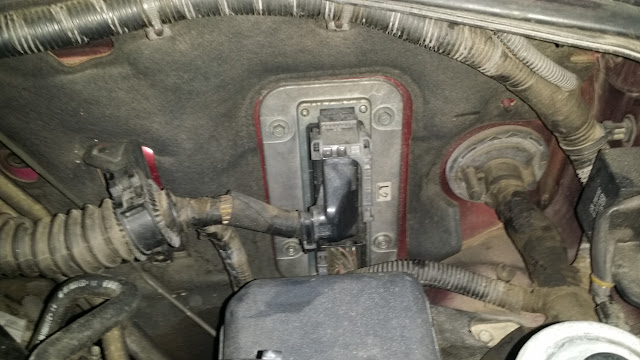My 2008 VDJ200R V8 4.5 litre common rail 1VD-FTV engine had just done 90k+ miles (It's May 24th 2016 Now). It's also received a brand new engine thermostat together with new MAP sensor air filter and associated hoses. The EGR pipe, I've done a full block, which previously would throw CELs after a short drive.
Regrets:
I've done some backyard mods in the past to try and reduce the EGR. My conclusion was not to bother with those mods anymore. Thankfully the holes I've drilled in my air intake were easily reversible with some hard plastics and silicone. The holes drilled in the dual throttles, they were not critical in anyway to affect shutdown vibration or anything else except perhaps in a runaway engine with bad oil leaks coming from damaged turbos. Worst case scenario, engine won't be revving too high with those two 12mm holes.
ECU Flash:
I mentioned that I've asked for a less smoky tune. 840Nm torque is considered a safe tune, without smoke and undesirable EGTs or compromising the autotrans too much according to Y3 ECU Tuning's facebook remarks: https://www.facebook.com/Y3Tuned/photos/?tab=album&album_id=1038654646201864
That 840Nm is a lot!
Torque Limiter Map:
Alpine Lee mentioned that:
"Generally the torque limiter is the final limit of the engine output , no matter how the boost are tweak, injection quantity been adjusted ,
the final cap engine output still control by this limiter."
Yup, in agreement with Youtube: https://www.youtube.com/watch?v=3Vi4M2qJueQ
More to come...













































